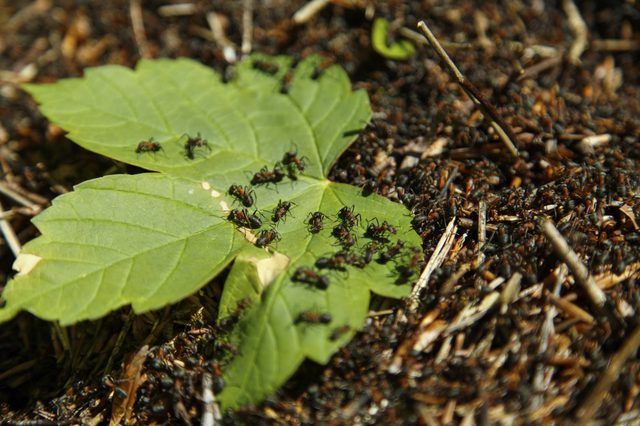Bulbs
Flower Basics
Flower Beds & Specialty Gardens
Flower Garden
Garden Furniture
Garden Gnomes
Garden Seeds
Garden Sheds
Garden Statues
Garden Tools & Supplies
Gardening Basics
Green & Organic
Groundcovers & Vines
Growing Annuals
Growing Basil
Growing Beans
Growing Berries
Growing Blueberries
Growing Cactus
Growing Corn
Growing Cotton
Growing Edibles
Growing Flowers
Growing Garlic
Growing Grapes
Growing Grass
Growing Herbs
Growing Jasmine
Growing Mint
Growing Mushrooms
Orchids
Growing Peanuts
Growing Perennials
Growing Plants
Growing Rosemary
Growing Roses
Growing Strawberries
Growing Sunflowers
Growing Thyme
Growing Tomatoes
Growing Tulips
Growing Vegetables
Herb Basics
Herb Garden
Indoor Growing
Landscaping Basics
Landscaping Patios
Landscaping Plants
Landscaping Shrubs
Landscaping Trees
Landscaping Walks & Pathways
Lawn Basics
Lawn Maintenance
Lawn Mowers
Lawn Ornaments
Lawn Planting
Lawn Tools
Outdoor Growing
Overall Landscape Planning
Pests, Weeds & Problems
Plant Basics
Rock Garden
Rose Garden
Shrubs
Soil
Specialty Gardens
Trees
Vegetable Garden
Yard Maintenance
How to Get Rid of Ants With a Borax Ant Trap
Discussion of methods to use borax and boric acid as baits to kill ants in the yard or in the garden.
Before you make an ant bait using the borax from your laundry room, you should realize that borax isn't the same as boric acid. Borax is the raw material that comes on the backs of mules from the California desert, and chemists process boric acid from it. Both contain boron, and both can kill ants, but boric acid is the only one labeled as a pesticide because it has a finer chemical structure, making it easier for insects to ingest. Contrary to myth, neither borax nor boric acid are desiccants; they are most effective when used in baits.

Benefits of Ants
Before you undertake to destroy an ant colony in your yard or garden, it's worth taking stock of the benefits they bring to the soil and your plants in general. They act as tiny rototillers, turning over the soil and mixing it with organic nutrients, such as dead insects that they scavenge. They also protect some plants from other scavenger insects. Although some ant species -- especially fire ants -- can be a nuisance, most ants provide more benefits than problems. Nevertheless, no one likes to have ants crawling all over them when enjoying the sun in the backyard.
An Approach to Baiting
You can use both borax and boric acid to bait -- although boric acid is the better choice. It's important to mix the lethal ingredient in a low concentration -- about 5 percent -- with a bait that attracts the specific species of ants you're trying to eliminate. Catch a few of the ants and compare them to pictures in a catalog if you aren't sure what kind they are. Once you've identifies the species, look up their feeding habits -- some ants like sweets, others like oily foods and some eat both. Create a bait that is most likely to appeal to them using household ingredients such as honey, peanut butter, vegetable oil, sugar and jelly.
Making an Effective Bait
A concentration of borax or boric acid in the bait that exceeds 5 percent can have two undesirable consequences. The first is that the bait will kill the ants too quickly, and they won't be able to feed it to the colony and kill the queens. The second consequence is that the bait may repel the ants instead of attracting them. A 5 percent concentration is one that contains 1 part of boric acid or borax for every 20 parts of the attractant. For example, add 1 tablespoon of borax or boric acid for every 20 tablespoons of sugar, honey, oil or other attractant. Reduce the proportions to make a smaller amount.
Deploying the Bait
If you have seen only sporadic movements, it may be best to find good bating spots by putting some attractant on paper towels, spreading them around the lawn or garden, noting which attract the most ants and putting bait at those locations in particular. Wherever you put it, the bait will dry out in a day or two and should be replenished regularly. It takes a while for the bait to work; you should notice a reduction in the ant population in a week, and if the baiting program was successful, you shouldn't see any more ants after about two weeks.
Warning
Keep boric acid baits away from children and pets. Boric acid is toxic if ingested.